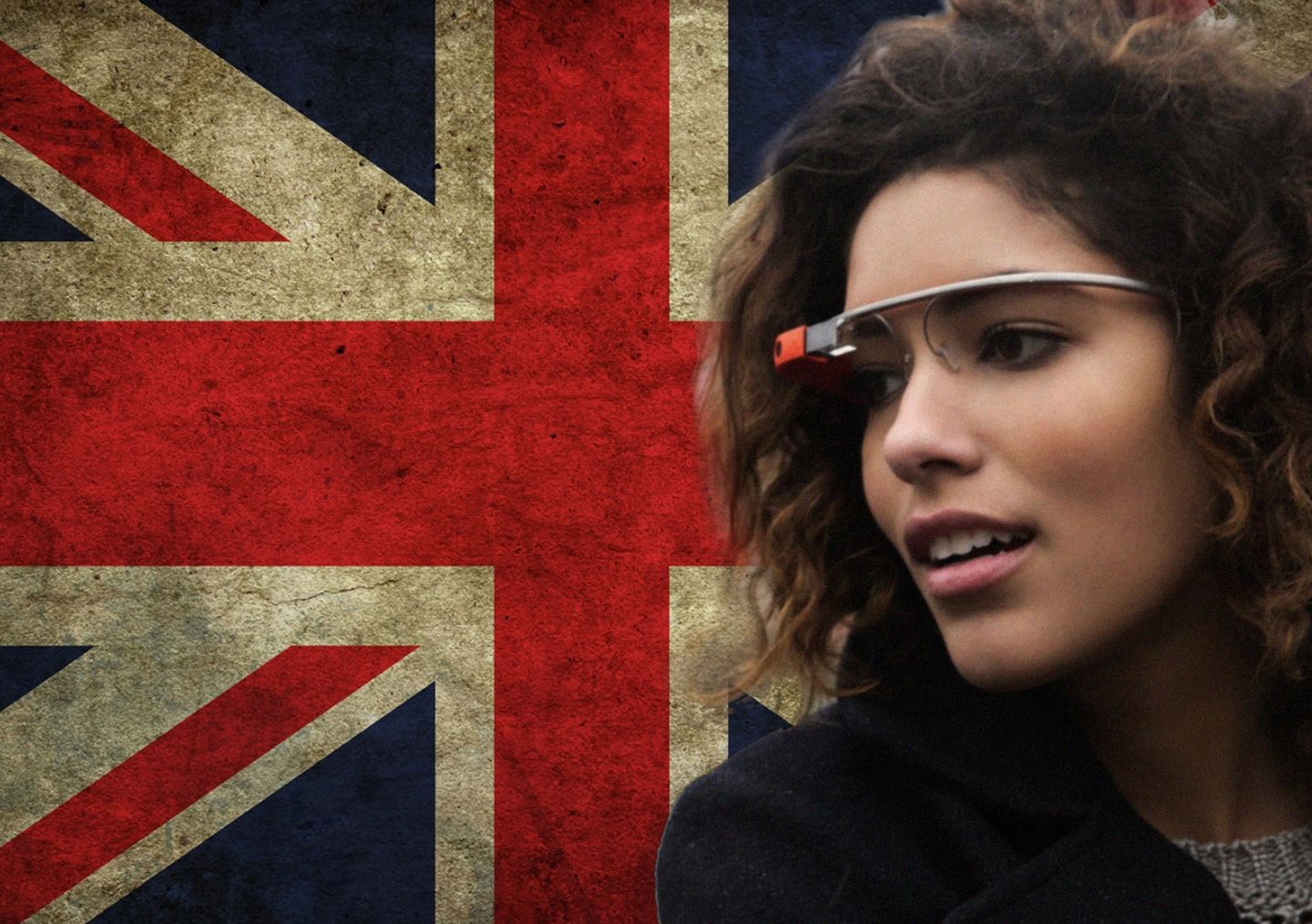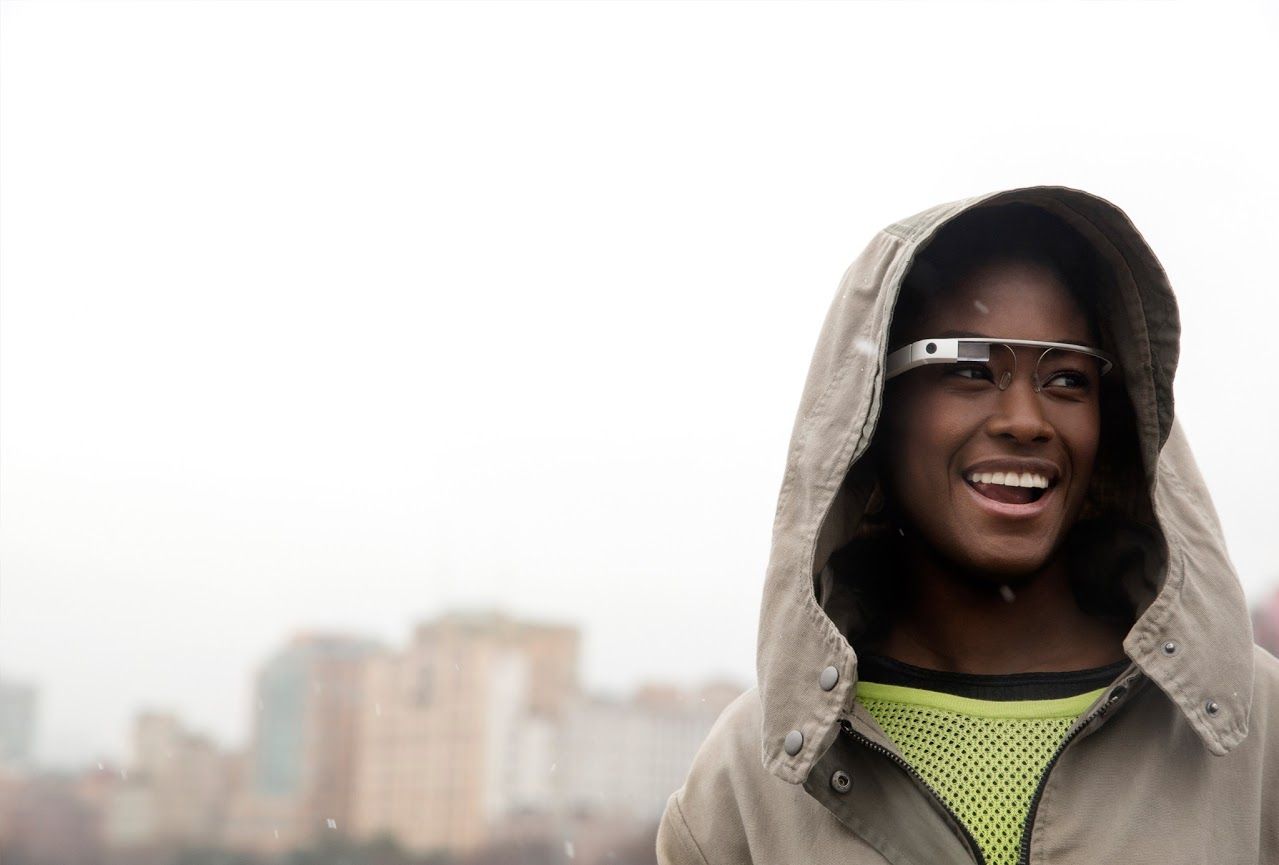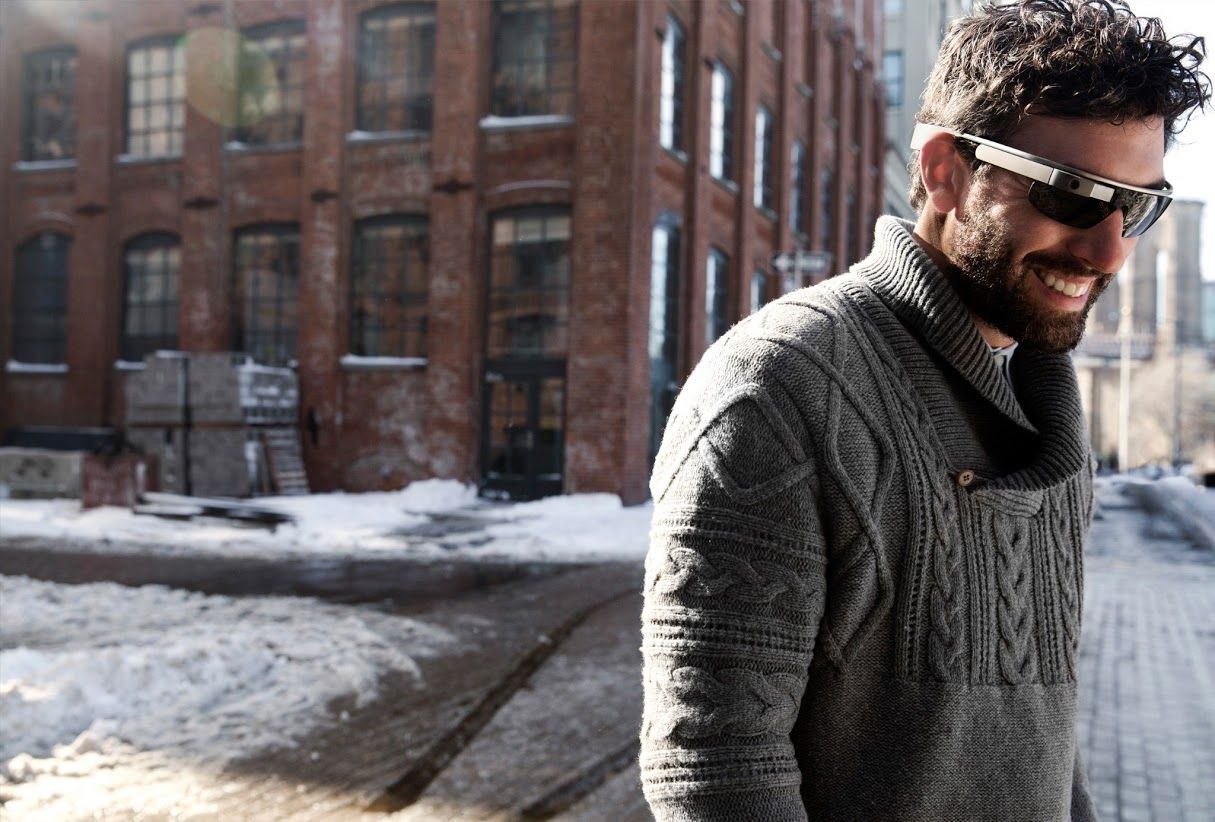The British reserve isn't something that usually impacts heavily on technology reviews. But for the last few weeks, I have been wearing Google Glass - and subjected myself to stares, snide comments and looks of what can only be described as total pity from my friends and neighbours in San Francisco, a city where naked cyclists and drag queens barely raise an eyebrow.
Google Glass is, according to Google at least, the future of computing - an "always there" screen in the corner of your eye that is intelligent enough to give you relevant information wherever you go.
However, it is also one of the most divisive pieces of technology ever created, with uproar from privacy campaigners, while some of the early users claim they "will never go a day without wearing it". Around 2,000 people are believed to have been given prototypes, known as the Explorer Edition, to test out the service.
The reluctant pioneer
I was lucky enough to be among these. As a Brit who has recently moved to San Francisco, I initially thought I’d be fine wearing Glass, simply adding to the hundreds of people I assumed were roaming the streets with them.
I was wrong. In the past month, I have seen perhaps five people wearing them. Most tellingly just this week I attended a conference session of the future of wearing computers and saw two people with them, in an audience of hundreds.
The problem? Wearing Glass is simply too embarrassing.
Putting Glass on for the first time is a pretty strange experience, but a fascinating one - once you’ve got the screen in view, you see the very basic home "card". Using the touchscreen on the side, you scroll left to see Google Now, and settings, and right to see your alerts - be they email or app updates from the small number of apps currently available.
You can also use voice to carry out commands. For simple commands, you can just tilt your head up to wake Glass, say "OK, glass", then away you go. For instance, you can Google something, ask for directions, send a message, or start a Google hangout with people.
Not quite ready for primetime
Glass is very much an experiment that isn’t ready for the mass market and, unsurprisingly, it’s Google’s own apps that give a glimpse of how useful it could be.
The problem with Glass is the way you look - stupid, in a word. There’s no way to disguise what you’re wearing, and it's impossible not to stare at someone wearing it. I found after a few experiments of wearing it in "normal" social situations, most of your evening is spent talking about, and demoing, Glass - which is fair enough I suppose, but incredibly annoying if you’re actually having dinner with friends. People also asked if I was recording them, to which the answer is absolutely not - and if you were, there’s a red LED on the front of glass that comes on. But it does illustrate the consumer backlash to the product Google will need to fight against.
However, it’s when walking around that I found the embarrassment was actually worth it - with the directions in particular absolutely superb, especially in a new city. The integration of Google Now is also excellent - search for a restaurant on your PC, for example, and it's there on Glass waiting for you, while using your phone also gives the option of using Glass for navigation (Android only, obviously).
Getting your emails pop up is also useful - although the key is to use only a few apps, as otherwise the screen keeps flashing on. The key to Glass is that, after a week or two, it just becomes always there, and in fact it seems a bit odd not to be able to use if it you aren't wearing Glass - on more than one occasion I found myself tilting my head up to check for email then realising I looked even more stupid than if I had been wearing it.
Constantly evolving
One of the key things Google makes sure Explorers know is that this is a very early look at the technology. It issues monthly updates, and these can add a lot of new functionality.
For instance, the latest update, sent to my Glass overnight, added the ability to browse websites, using the touchpad to scroll and zoom, and a rather neat feature that uses the sensor to let you "look" around a webpage by moving your head.
It’s not the best way to read a site, but gives developers a huge step forward in what they can do. According to the code, the latest update also hints at a future app store, along with a music and video player.
Web browsing is still not a great experience. For instance, to get to Pocket-lint.com, you need to wake up Glass, google Pocket-lint then click on "open link". Once you’re there, navigating is a real faff - but remember this is just a first attempt - and there is something very neat about watching YouTube videos.
YouTube also works in the update, and it’s a slightly odd experience watching video - but something you get the feeling will eventually be commonplace.
Overall, Glass really is what Google says - a very early, unfinished version that is in no way ready for consumers. Technically, you do get glimpses of just how useful it could be, but the fact remains that for the forseeable future you have to balance that against looking like an idiot.
The specs
Being British doesn't change the hardware in glass of course, and there's nothing to report here you don't already know, but for clarity, we took at look at the hardware to see what was good, and what was bad.
First, there's the camera - boasting a 5MP sensor and capable of recording 720p video, the camera is likely to be Glass’s main selling point at first. Images are good quality, but not great - although video is better.
Most of the control is via that touch-sensitive frame on the right of the glass. It’s very simple to use and responsive, with left to right scrolling, tapping to move down a menu layer, and swiping down to move up. It can be a little fiddly, particularly when viewing web pages.
As you'd expect, the display is key too. Once you have it adjusted correctly, it’s surprisingly sharp and clear, hovering above your right eye.
Some have complained about the speaker, saying it's hard to hear in loud conditions. It works via bone conduction and means you get "private" audio, and it works well in our experience, although does give you an odd buzzing sensation at times. The microphone also works well, even when you’re out and about - but can be humiliating if you need to shout "OK, glass" in the middle of a room



